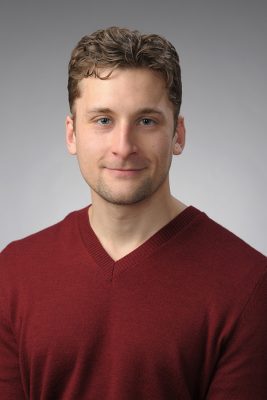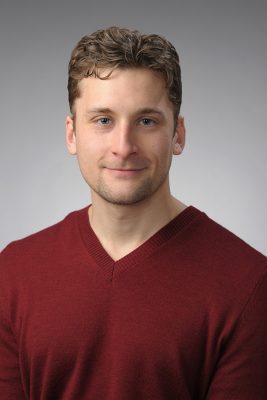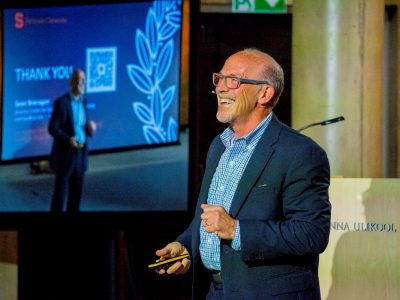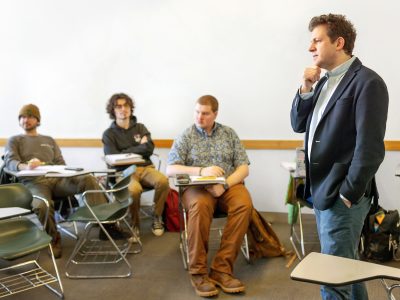Falk Public Health Researchers Investigating the Impact of Neighborhood Characteristics on Firearm Violence
In America, it is a sad reality that your ethnic background and zip code can be a contributing factor to the likelihood that you become a victim of both fatal and non-fatal firearm violence. Data from the Centers for Disease Control and Prevention show that Black, Hispanic and American Indian/Alaska Native individuals experience a higher prevalence of firearm violence nationwide.
A confluence of social, economic and systemic factors—under resourced communities, weak gun laws, inadequate educational and employment opportunities, and systemic racial inequities—all contribute to this disparity. But to what extent do place-based community factors also contribute to, or protect against, this elevated risk? And how do these factors converge to make our communities of color more or less safe?

A team of researchers, including Bryce Hruska, assistant professor of public health in the David B. Falk College of Sport and Human Dynamics, David Larsen, chair and professor of public health at Falk, and Margaret Formica, associate professor of public health and preventive medicine at Upstate Medical University, seeks to better understand these questions as they relate to firearm violence risk and potential urban design solutions in Syracuse.
With over $250,000 of funding from the National Institute on Minority Health and Health Disparities over a two-year grant, the team hopes their analysis of the firearm violence landscape in Syracuse will have real-world applications as the city considers its future, especially as it relates to the I-81 Viaduct Project, as well as other urban renewal projects across the country.
In this Q&A, Hruska, the study’s principal investigator, shares more about the research and its potential to influence the development of public policies aimed at reducing firearm violence in Black communities in Syracuse and elsewhere.


